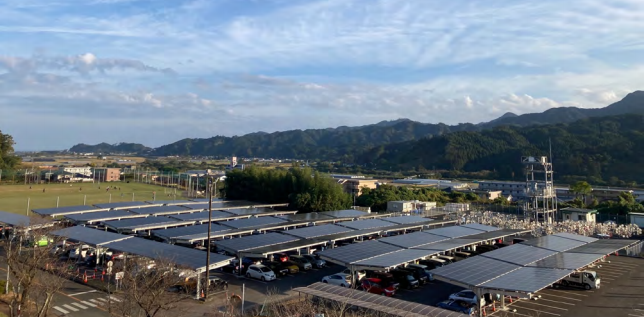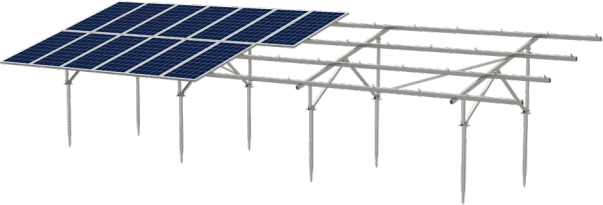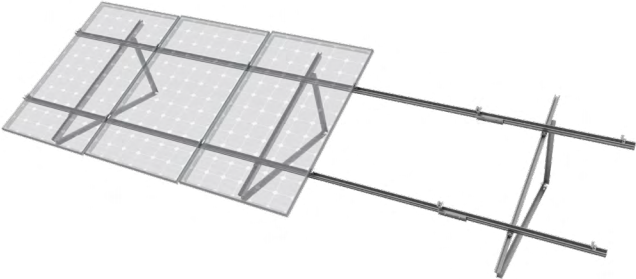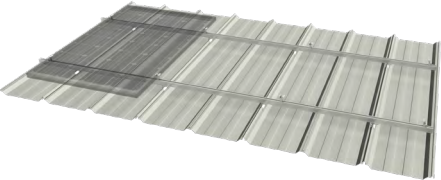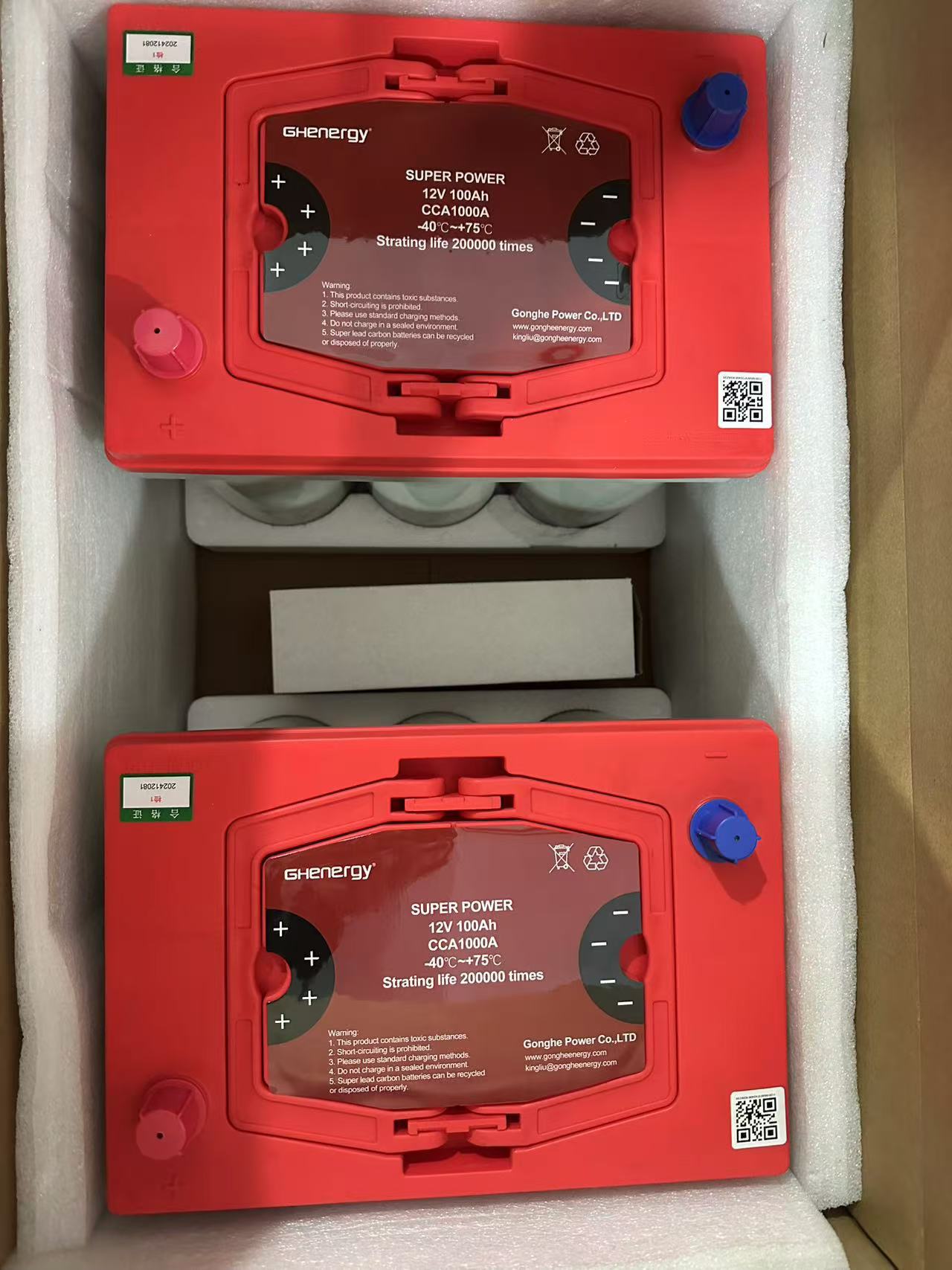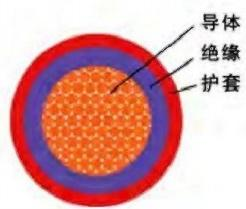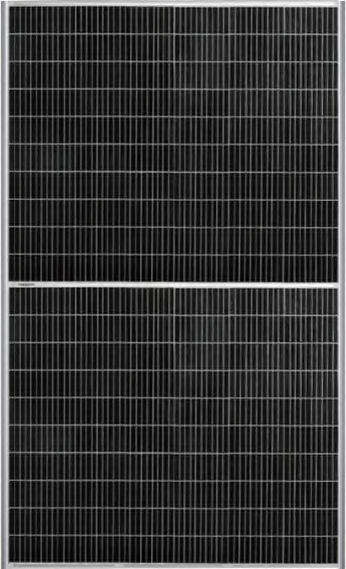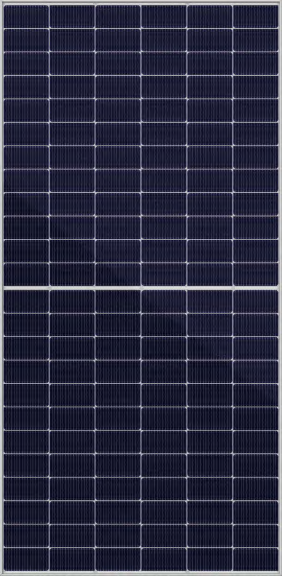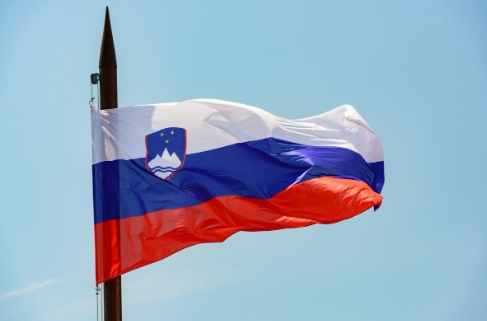 Wedoany.com Report-Feb 13, Slovenia installed 298.8 MW of solar capacity in 2024, according to the Slovenian Photovoltaic Association (Združenje slovenske fotovoltaike). Director Nina Hojnik told the total includes 191.5 MW of residential installations, 100.8 MW of commercial and industrial (C&I) projects, and 6.5 MW of utility-scale capacity.
Wedoany.com Report-Feb 13, Slovenia installed 298.8 MW of solar capacity in 2024, according to the Slovenian Photovoltaic Association (Združenje slovenske fotovoltaike). Director Nina Hojnik told the total includes 191.5 MW of residential installations, 100.8 MW of commercial and industrial (C&I) projects, and 6.5 MW of utility-scale capacity.
Last year's additions fell from 486 MW in 2023, bringing Slovenia’s cumulative solar capacity to 1.4 GW.
The residential market, which holds the largest share at 742 MW, is “almost at a standstill” due to factors including the end of net metering, shifting public opinion, uncertainty over the new tariff system, and debates on nuclear energy, according to Hojnik.
Slovenia introduced a new tariff system in October, replacing peak and off-peak pricing with network charges that vary by time of day and season. Hojnik said the system targets active consumption and is expected to spur investments in solar-hybrid solutions.
The association's “optimistic” forecast for this year is 250 MW of new capacity, rising to 400 MW in 2026 if funding for utility-scale projects becomes available and all business-to-business and community self-consumption projects approved for funding are realized, said Hojnik.
Asked about regulatory changes needed to support the solar market, Hojnik called for comprehensive flexibility measures and a transparent, two-year roadmap for subsidies and support schemes to provide stability.
Hojnik also said Slovenia should enforce compliance with its 2023 solar standard, which requires installations on existing roofs and parking lots larger than 1,700 m² and on newly built roofs and carports above 1,000 m².
In January, the Slovenian Ministry of Cohesion and Regional Development launched a €16 million ($16.6 million) program to support solar energy communities with projects of at least 100 kW.



